Verzending 24–48 u • Levering in de hele EU • Veilige chemieverpakking
Chymotrypsin, 100 mg
SKU 0238.1
€ 35,58
In stock
1
Save this product for later
Chymotrypsin, 100 mg
Product Details
HS code: 35079090
Brand: Carl Roth
Chymotrypsin, min. 1000 USP-U/mg, for biochemistry, Storage temp. -20 °C, CAS No. [9004-07-3], EG-Nr. 232-671-2
Chymotrypsin ≥1 000 USP-U/mg, for biochemistry
Technische informatie
| Gebruikstip | Trypsin content below 1 % |
Enzyme: a neoclassical, Greek artificial word ενζυμου, énzymon, derived from εν-, en- (in-) and ζυμη, zýmé (yeast, sourdough, archaic)
Ferments: comes from the Latin fermentum (ferments, sourdough)
There are six classes in which all enzymes are classified according to the particular reaction they catalyse:
• Oxidoreductases (catalyse redox reactions)
• Transferases (transfer functional groups among substrates)
• Hydrolases (cleave bonds via addition of water)
• Lyases/Synthases (cleave or synthesise complex products out of basic substrates without cleavage of ATP)
• Isomerases (transform chemical isomers)
• Ligases/Synthetases (cleave or synthesise complex products out of basic substrates via cleavage of ATP)
Enzyme: a neoclassical, Greek artificial word ενζυμου, énzymon, derived from εν-, en- (in-) and ζυμη, zýmé (yeast, sourdough, archaic)
Ferments: comes from the Latin fermentum (ferments, sourdough)
There are six classes in which all enzymes are classified according to the particular reaction they catalyse:
• Oxidoreductases (catalyse redox reactions)
• Transferases (transfer functional groups among substrates)
• Hydrolases (cleave bonds via addition of water)
• Lyases/Synthases (cleave or synthesise complex products out of basic substrates without cleavage of ATP)
• Isomerases (transform chemical isomers)
• Ligases/Synthetases (cleave or synthesise complex products out of basic substrates via cleavage of ATP)
| Identity | complies |
| Activity | ≥1000 USP-U/mg |
| pH value (1 % in H2O) | 3,0-5,0 |
| Trypsin | ≤25 USP-U/mg |
| Sulphated ash | <2,5 % |
| Loss on drying | <5,0 % |
You May Also Like
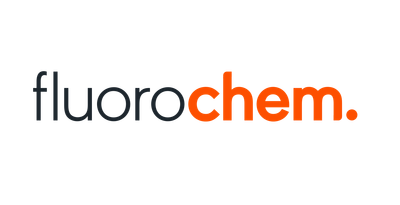
4,6-Dichloro-2-fluoropyrimidine, 95.0%, 10g
4,6-Dichloro-2-fluoropyrimidine, 95.0%, 10g
SKU F380363-10G
€ 1 522,40
Display prices in:EUR

![6-(Benzyloxy)-[1,2,4]triazolo[1,5-a]pyridine, 98%, 100mg 6-(Benzyloxy)-[1,2,4]triazolo[1,5-a]pyridine, 98%, 100mg](https://d2j6dbq0eux0bg.cloudfront.net/images/88473019/4868326232.png)
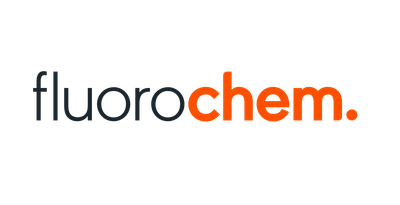
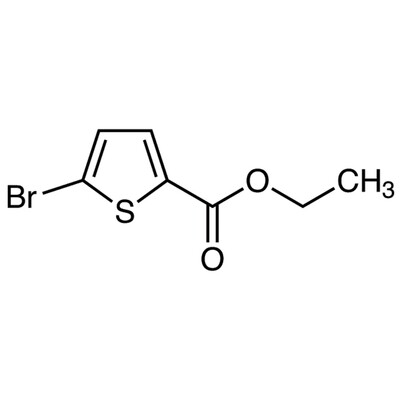
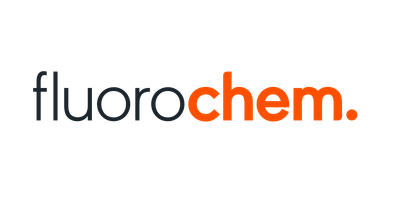
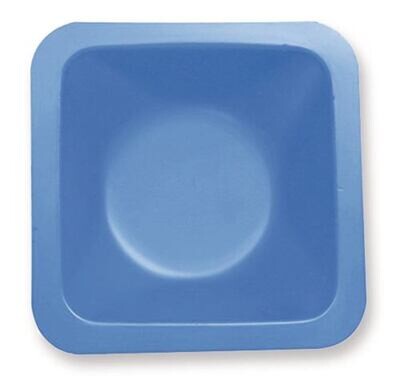
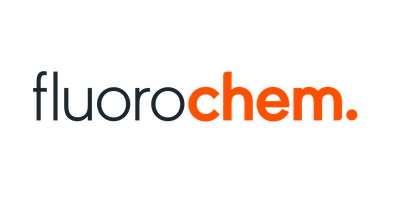
![Bathophenanthrolinedisulfonic Acid Disodium Salt Hydrate [for Determination of Ferrous Ion]1g Bathophenanthrolinedisulfonic Acid Disodium Salt Hydrate [for Determination of Ferrous Ion]1g](https://d2j6dbq0eux0bg.cloudfront.net/images/88473019/4045040729.jpg)

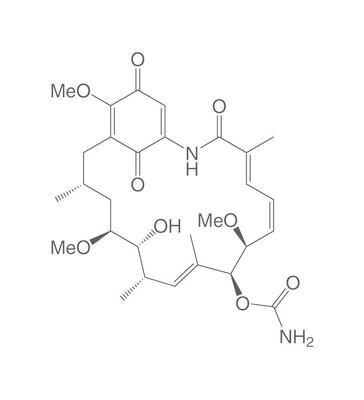

![6-Phenyl-2,3-dihydroimidazo[2,1-b]thiazole-5-carbaldehyde, 95.0%, 5g 6-Phenyl-2,3-dihydroimidazo[2,1-b]thiazole-5-carbaldehyde, 95.0%, 5g](https://d2j6dbq0eux0bg.cloudfront.net/images/88473019/4868203324.png)
